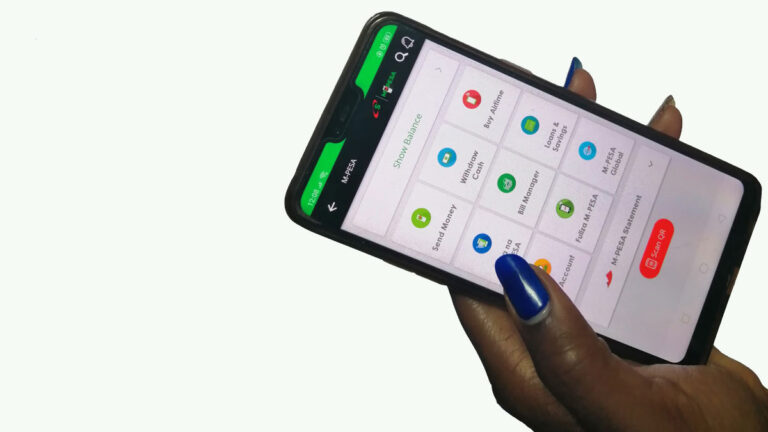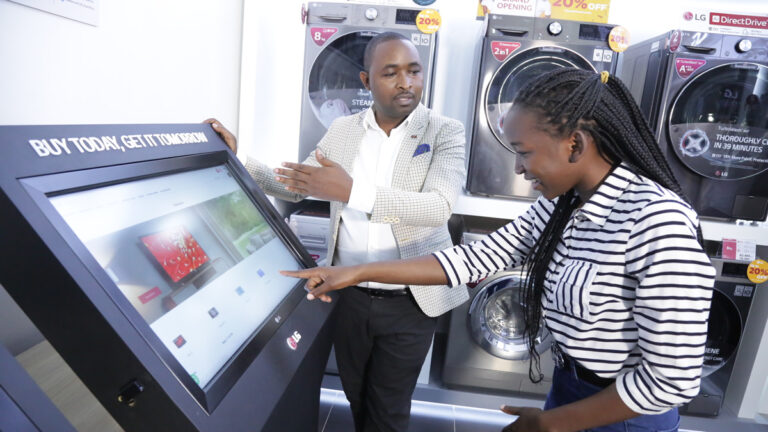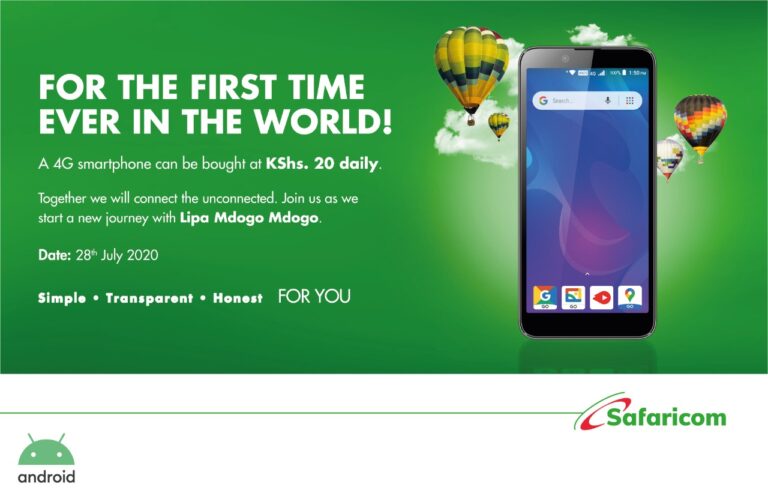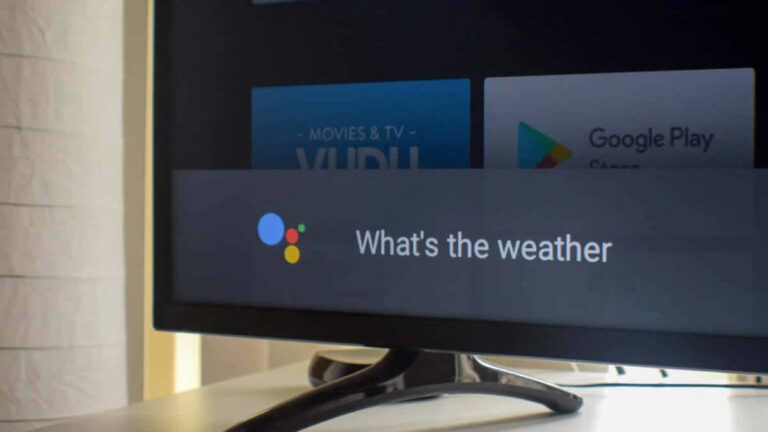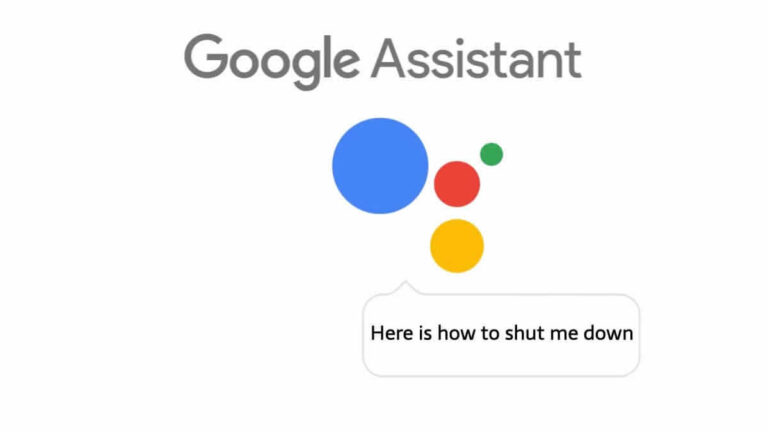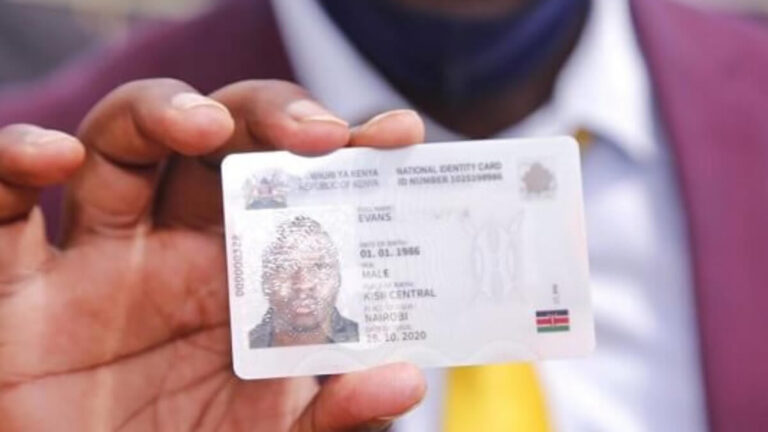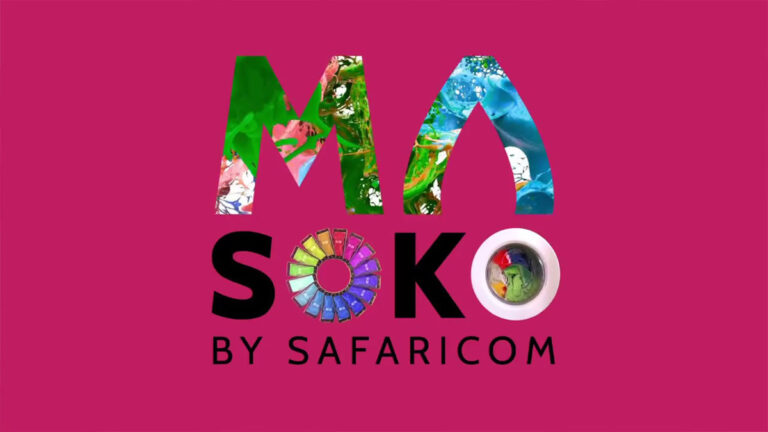Kenya’s e-commerce segment holds the most potential in the retail market, as more Kenyans are now opting for online shopping instead of visiting physical stores. But even with all these, Kenya’s largest mobile service provider – Safaricom hasn’t had that breakthrough it was hopping for with the Masoko platform. The Telco is finally throwing in the towel, redirecting its focus on other products such as MPESA and instead seeking partnerships with other e-commerce platforms.
Jumia is currently the leading e—commerce site in Kenya with thousands of sales recorded on a daily basis, but even with its predominant position, the e-commerce platform hasn’t had much luck and continues to incur loses. The platform has also exited in various markets across Africa remaining with the Kenyan and Nigerian branches. Several measures have also kicked in to help the e-commerce site stay afloat such as cutting down on jobs, diversifying its product line and so forth.
On the other hand, Masoko failed to make any impact in sector despite Safaricom having a ton of resources at its disposal to propel its success. The platform which was born back in 2017 has continued to lack behind other platforms and it seems like Safaricom might just retire it after all. The telco has continued to shift its focus away from the site, reducing its team and instead concentrating on other products.
According to disclosures made in a transcript for events ending July, Safaricom has reduced the number of staff on the platform. This came to light following disclosures made by then Safaricom CFO Sateesh Kamath.
Speaking on the new direction the company was taking, Sateesh said the telco was happy to see other platforms such as Jumia and AliExpress flourish, given that they would eventually impact its mobile money platform – MPESA positively. On Masoko, Sateesh said the once potential segment had been deprioritized as the company shifted its focus to MPESA and other products.
Ironically, Safaricom’s decision to abandon Masoko comes at a time when most Kenyans are embracing e-commerce, partly due to the effects of the corona virus. People are now opting to social-distance and instead use alternative means as an effort to halt the spread of the virus.
Towards the end of last year, sometimes in November, Safaricom reduced the number of products available on Masoko as well as cutting ties with several vendors on the platform. Sateesh disclosed that only a handful team had been left on the platform with its new focus now being to grow core products such as M-Pesa and maximize customer loyalty. Partnerships with other e-commerce sites includes telco’s recent partnership with Jumia to reward customers using MPESA with a 5 percent cash back discount on transactions of more than Ksh. 1000. Masoko was dwarfed by the likes of Jumia, who have more than 10,000 vendors on its platform with a staggering 3.5 million products available for sale.

